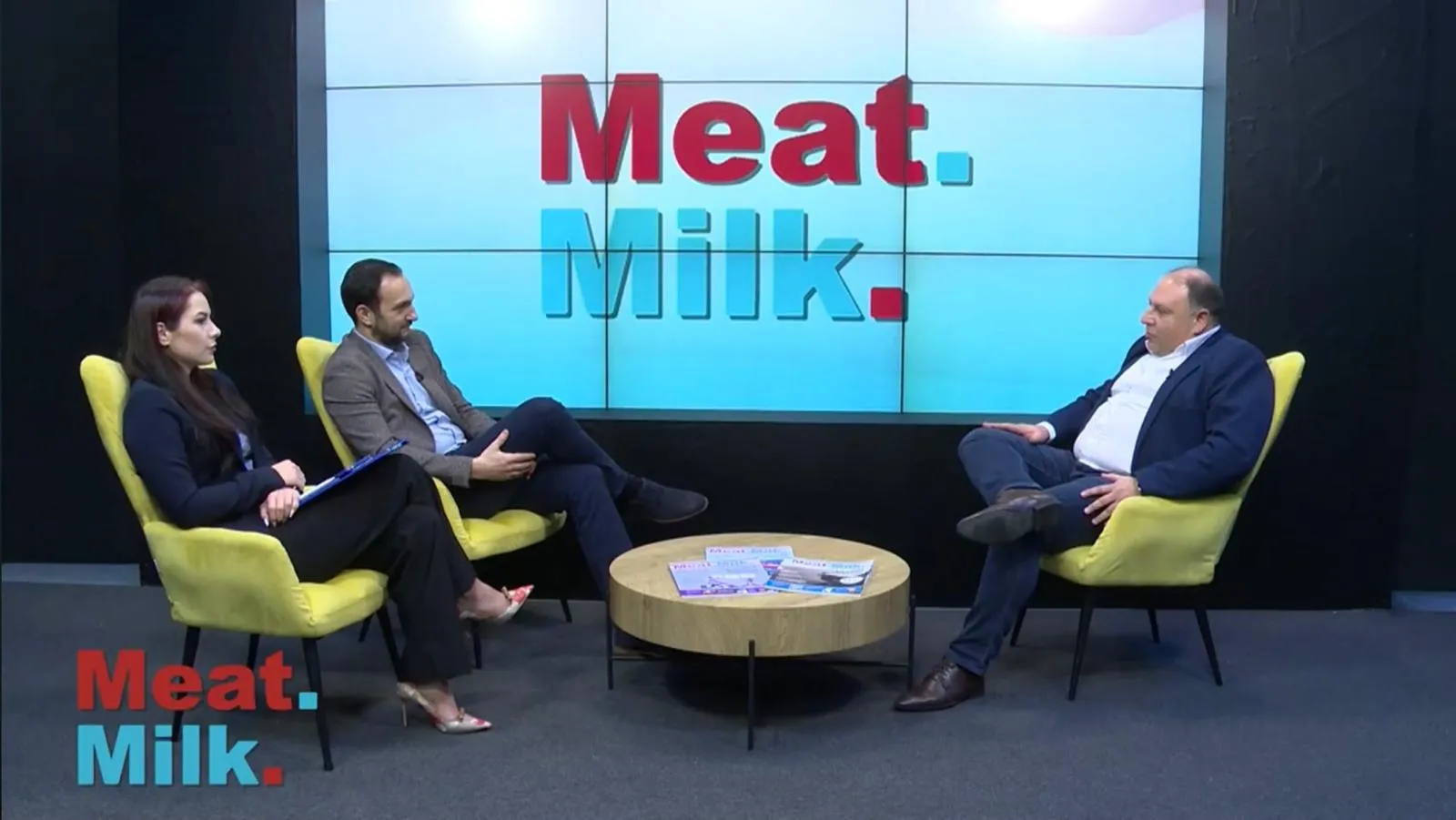
Feed Additive Market Shaken by Record-Low Amino Acid Prices
A Turning Point for Producers and Nutritionists Alike
In the turbulent landscape of the global feed market, a rare phenomenon has emerged: the prices of several key amino acids—such as lysine, methionine, and threonine—have plummeted to record lows, according to AllAboutFeed.
🔹 A Historic Drop
While fluctuations in vitamin prices are fairly common, the sharp decline in amino acid prices has electrified the industry, quickly becoming a landmark event in the broader feed additives sector.
What’s driving the price collapse?
On one side: oversupply from major production regions. On the other: muted demand, as the feed industry navigates ongoing uncertainty.
Trade policies and global economic competition have further led to production capacity adjustments. Meanwhile, climate factors, transport costs, and raw material prices are all contributing to margin pressures. But overall, the balance has tilted toward surplus.
🔹 Impacts Across the Industry
Amino acids are essential in modern feed formulations: they optimize animal growth, reduce protein grain usage, lower nitrogen emissions, and enhance production performance.
For feed producers and nutritionists, historically low prices could be a game-changer—an opportunity to revise strategies, refine formulas, and optimize costs.
However, for major manufacturers, these price levels threaten short- and medium-term profitability. Investment plans may be reconsidered, and expansion projects could be delayed or suspended unless market dynamics stabilize.
The combination of rapid price drops and sluggish demand adds yet another layer of uncertainty to the outlook.
🔹 European and Global Context
This downward trend is not confined to Europe. While European markets experienced a temporary price uptick earlier this year due to transport costs and logistical issues in January, those influences faded by March, accelerating the broader decline.
Simultaneously, Asia and the Americas have shown signs of demand cooling following an initially tight winter season, contributing further to the global easing.
🔹 Short- and Mid-Term Outlook
Experts anticipate the downward trend to persist in the upcoming quarters. Much depends on how quickly global demand rebounds—particularly from Europe and Asia—and how producers manage the supply-demand balance.
For now, stock levels remain high, and companies may consider portfolio adjustments or market consolidation efforts to cushion margin impacts.
🔹 A Crossroads Moment
This dramatic price decline marks a pivotal moment for the feed industry: a time when economic benefits for livestock producers are real, but the pressure on manufacturers is mounting.
If demand recovers, we may witness a gradual return to market balance. If not, today’s price levels could become the new norm, forcing innovation and structural changes across the sector.





